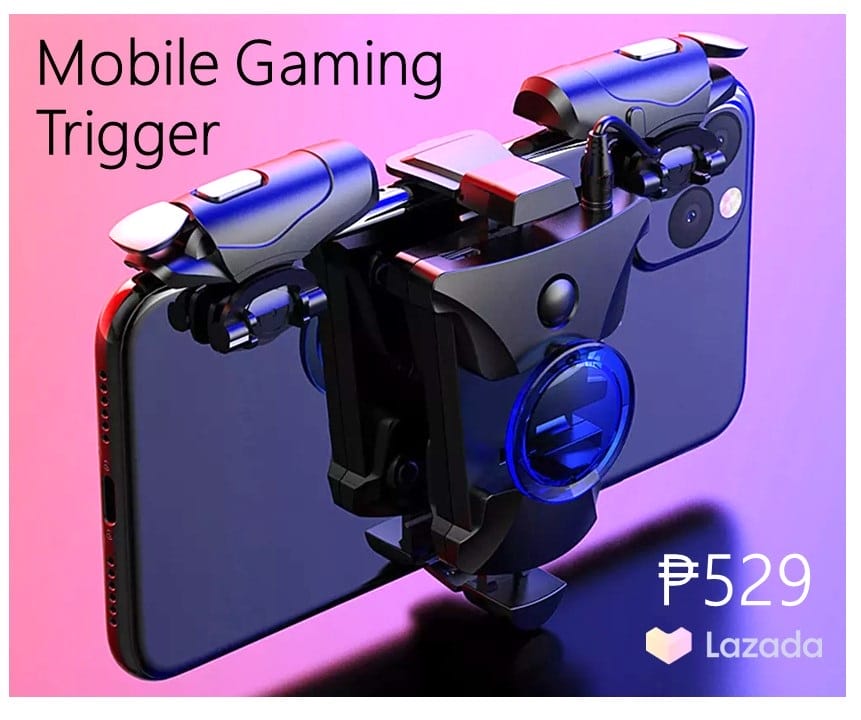Extended Reality is the Future of Travel
Augmented reality and virtual reality are no longer just for entertainment purposes. They are being used more and more in the business world, especially in the travel industry. There are now several ways to enhance your travel experience using extended reality. You can use it to plan your trip, navigate when you’re there, and remember your experiences afterward. Comprehensive reality changes the way we travel and makes it a more immersive experience.
What is Extended Reality?
Extended Reality (XR) is a blanket term for virtual, augmented, and mixed reality technologies. The term is often used interchangeably with immersive technology, but there is a distinction: XR encompasses both digital and physical realities, whereas immersive technology generally refers to digital-only experiences. Augmented reality (AR) overlays digital content in the real world, while virtual reality (VR) creates an entirely simulated environment. Mixed reality (MR) falls somewhere in between, using elements of both AR and VR. All three types of experience are growing in popularity as the hardware improves and developers find new ways to use them.
Benefits of Extended Reality in Tourism
Tourism is one of the world’s largest and fastest-growing industries. It is also a key sector in many economies, accounting for a significant share of Gross Domestic Product (GDP) and employment. The rapid tourism growth is due to globalization, rising incomes, liberalization of air travel, and technological advances that have made it easier for people to travel.
Technology has always been an essential part of tourism, with innovations such as the railway and the jet engine revolutionizing how people travel. There has been a growing focus on using technology to enhance the tourist experience in recent years. This has led to the development of new forms of tourism known as ‘extended reality’ or ‘XR.’
Extended reality encompasses a range of technologies that allow people to interact with digital content in new ways.
How is XR Changing Tourism?
XR, or extended reality, is a term used to describe a range of immersive digital experiences. These can include virtual reality (VR), augmented reality (AR), and mixed reality (MR). XR is changing tourism by providing new ways for people to experience the world around them. VR can transport people to different places, while AR can add new elements to familiar sites. MR allows people to interact with virtual objects in the real world. This technology makes it possible for people to explore new destinations and learn about different cultures without leaving home.
Extended Reality refers to any technology that allows users to interact with digital content in a simulated or real-world environment. XR technology is being used more and more in the travel industry to provide customers with unique and immersive experiences. Some examples of XR include
Virtual tours of hotels
Imagine being able to take a virtual tour of a hotel before you book your stay. This is now possible with some hotels thanks to new technology that allows guests to explore every corner of the property from their computer or mobile device.
The virtual tours are 360-degree videos that let you look in every direction, and many even offer a “walkthrough” mode that enables you to explore each room as if you were there. Some hotels also include information about the amenities, local attractions, and dining options in the area.
This technology is still relatively new, so not all hotels offer virtual tours yet. But if you’re looking for a hotel and want to get a feel for what it’s like before deciding, be sure to check whether they offer one.
Virtual tours of destinations
People love to travel. Seeing new places and experiencing different cultures is a great way to broaden horizons. But what if you can’t afford to travel or don’t have the time? A virtual tour may be the answer. With just a few clicks of a mouse, you can explore far-off destinations without ever leaving your home.
Many websites offer virtual tours, but one of the best is Google Earth. With its high-resolution satellite images and 3D capabilities, Google Earth provides an amazingly realistic experience. You can even zoom in for a close-up view of the sights and sounds of popular tourist destinations worldwide.
So whether you’re dreaming of cruising the Caribbean or skiing down Aspen’s slopes, take a virtual tour first and see if it’s really what you want.
Interactive maps
Tourism is a booming industry, with people traveling worldwide to explore new places. And with the help of interactive maps, it’s easier than ever for tourists to plan their trips. Interactive maps transform the tourism industry by making it easier for people to find information and plan their trips. These maps allow users to zoom in and out and explore different areas, making it easy to find attractions, hotels, and restaurants. They can also help tourists plan their routes and learn about the local culture.
Real-time info about flights & arrivals
You pull out your phone to kill time as you wait for your flight. You open an app that shows you a list of flights, their statuses, and their destinations. Suddenly, a notification pops up that your flight is boarding. You put away your phone and head to the gate.
This is just one example of how augmented reality displays can show real-time information about flights and arrivals. These displays can be used at airports, train stations, and other transportation hubs. They can provide information about departures, arrivals, delays, and cancellations. Likewise, they can also show maps of the transportation hub and directions to different gates or platforms.
Customized itineraries
XR technology can also create customized itineraries for travelers and help them find the best deals on flights and accommodation.
As augmented reality (AR) and virtual reality (VR) technology continue to develop, businesses find new and innovative ways to use the technology. XR technology can create customized itineraries for travelers and help them find the best deals on flights, hotels, and other travel-related expenses. The technology can also provide tourists with information about local attractions and restaurants.
Examples of XR technology in the travel industry
XR is Revolutionizing the Way We Travel
It’s no secret that technology has taken over virtually every aspect of our lives. We use it to communicate, entertain ourselves, and even get around. And while some may lament the ever-growing role of technology in our lives, there’s no denying that it has made many aspects of life easier and more efficient. One such example is the way we travel.
Traditionally, if we wanted to visit a new place, we would have to purchase plane tickets or make other travel arrangements. But with the advent of extended reality (XR), all that is changing. XR allows us to experience new places without having to leave our homes.
Thanks to XR, we can now explore far-off destinations without boarding a plane.
As technology advances, so does the way we travel. With newer and more innovative technologies being developed every day, there are now many ways to travel that didn’t exist before. XR has the potential to change the travel industry in several ways.
For example, it can create more realistic and immersive experiences for travelers, making destinations and attractions come to life. It can also improve communication and collaboration between team members while they are on vacation or work trips.
Types of Travel Experiences
As technology advances, so does the way we experience the world around us. Extended reality (XR) is a combination of virtual, augmented, and mixed realities. This technology can change how we travel by providing new and innovative ways to experience different destinations.
Some XR applications for travel include virtual tours of landmarks and attractions, augmented reality guides that show you what’s around you, and mixed reality experiences that let you interact with your environment. Several social VR platforms allow you to connect with other travelers worldwide.
There are many different types of experiences that are available with extended reality. Some of these include traveling to new places, trying new things, and meeting new people. Comprehensive reality can also be used for educational purposes, such as learning about other cultures or historical events. Another benefit of extended reality is improving communication and collaboration among team members.
How Does XR Impact the Travel Industry?
The travel industry is constantly evolving with the latest and most remarkable technologies. From online booking to mobile apps, and buying tickets using cryptocurrency, the travel industry has made it easier than ever for consumers to plan their trips. However, with the rise of extended reality (XR), the travel industry is poised for another significant transformation. XR technologies, such as virtual reality (VR) and augmented reality (AR), allow consumers to experience destinations and activities before leaving home. This can provide a more immersive experience to help travelers make better choices about where to go and what to do.
Additionally, XR can be used to improve the customer experience while on vacation without breaking your wallet. For example, hotels could use VR to create virtual tours of their properties or AR to provide information about local attractions. Ultimately, XR has the potential to revolutionize the travel industry by making it easier and more enjoyable for consumers to explore the world.
Advantages of using XR in Travel and Tourism
In recent years, there has been a marked increase in the use of XR technology in travel and tourism. This is due to the many advantages that XR offers in this industry. Some of these advantages include:
- XR can create more realistic and immersive experiences for tourists, making their trips more enjoyable.
- XR can provide more information about a destination or tourist attraction, which can help tourists make better decisions about where to go and what to do.
- XR can improve customer service in the travel and tourism industry by providing employees with new ways to interact with customers.
- XR can improve safety and security in travel and tourism by helping employees respond quickly and effectively to emergencies.
XR Travel in the Future
As virtual reality technology becomes more and more advanced, people can immerse themselves in digital worlds that feel real. This has already started to change the way we travel, as we can now explore different places without ever leaving our homes. In the future, extended reality will likely continue to change the way we travel for leisure or even if the purpose is medical tourism. XR is making it easier and more immersive than ever before.
Conclusion: How XR is Changing the Way We Travel?
XR is changing the way we travel by providing more immersive and realistic experiences. This is beneficial for both consumers and businesses, as it allows for a more personal connection with customers and helps create a stronger brand identity. As XR technology evolves, we can expect even more incredible experiences that will revolutionize the travel industry.






